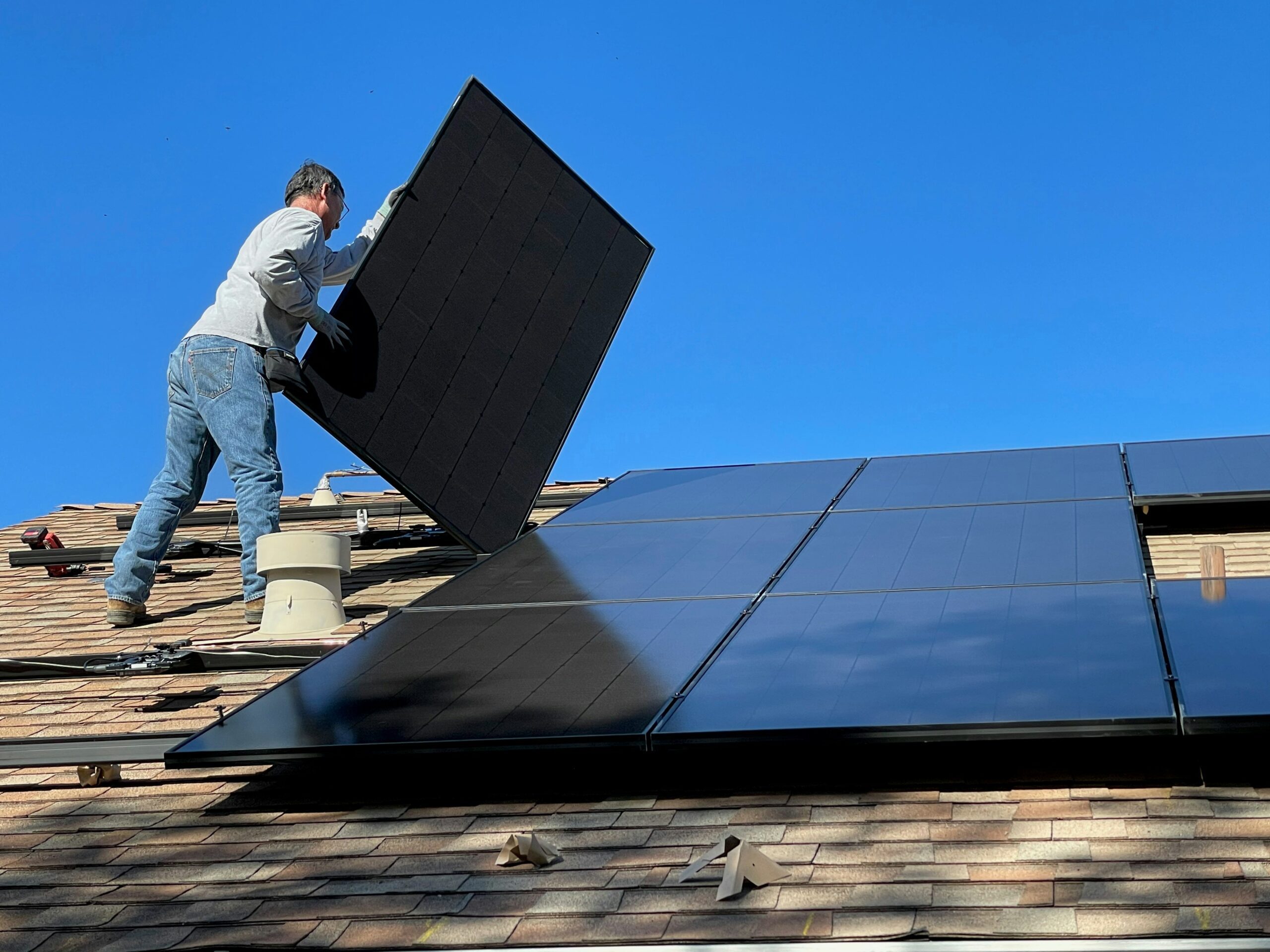
Solar cells, also known as photovoltaic (PV) cells, are devices that convert sunlight directly into electricity through the photovoltaic effect. The photovoltaic effect occurs when certain materials, typically semiconductors like silicon, absorb photons (light particles) and release electrons, generating an electric current. While the science behind solar cells is certainly substantial, understanding some of the core concepts can go a long way to understanding where the opportunities for continuous improvement exist to accelerate the energy transition. Here’s a simple overview of some of the core science behind solar cells:
Semiconductor Material: Solar cells are primarily made from semiconductor materials such as silicon. Silicon atoms are arranged in a crystalline lattice structure. When light hits the semiconductor material, it excites electrons, causing them to break free from their atoms.
P-N Junction: Most solar cells are made of two layers of semiconductor material – one with an excess of electrons (n-type) and the other with a deficiency of electrons (p-type). This forms a P-N junction. When photons strike the P-N junction, they create electron-hole pairs, and an electric field at the junction separates these charges, generating an electric current.
Electric Field: The electric field within the solar cell helps to separate the excited electrons and the holes, preventing them from recombining before they can be collected as electrical current.
Metal Contacts: Metal contacts are placed on the top and bottom of the solar cell to collect the generated electrical current and conduct it to an external circuit.
Anti-Reflective Coating: To enhance light absorption, solar cells often have an anti-reflective coating on their surface to reduce reflection and increase the amount of light that penetrates the cell.
Continuous Improvement of Solar Cells
As with any technology there needs to be a path toward continuous improvement to remain viable and solar cells are no different. The primary areas of focus are typically around efficiency, alternative materials, and manufacturing processes to continually drive improvement.
Efficiency: Researchers are continually working to improve the efficiency of solar cells, which refers to the percentage of sunlight that a cell can convert into electricity. Higher efficiency means more electricity can be generated from the same surface area of solar panels, making solar power more cost-effective.
Materials: There’s ongoing research into new materials for solar cells, including perovskite-based cells, organic photovoltaics, and quantum dot solar cells. These materials offer the potential for higher efficiency and lower manufacturing costs compared to traditional silicon-based cells.
Thin-Film Technology: Thin-film solar cells use thinner layers of semiconductor material than traditional silicon cells, which reduces manufacturing costs and allows for more flexible and lightweight solar panels. Advances in thin-film technology are aimed at improving efficiency and durability.
Tandem Solar Cells: Tandem or multi-junction solar cells stack multiple layers of different materials to capture a broader spectrum of sunlight, increasing efficiency. Researchers are exploring new combinations of materials and manufacturing techniques to optimize tandem solar cell performance.
Manufacturing Processes: Improvements in manufacturing processes, such as roll-to-roll printing and high-throughput deposition techniques, can reduce production costs and increase the scalability of solar cell production.
The science behind solar cells is continually evolving, driven by efforts to increase efficiency, reduce costs, and expand the adoption of solar energy as a clean and sustainable power source.

Property Owner’s Guide to Wind Assessment
Conducting a wind resource assessment for property owners involves several steps to determine the feasibility of installing a wind[…]

The Environmental Impact of Hydropower
Hydropower, which harnesses the energy of flowing water to generate electricity, has both environmental benefits and drawbacks. Here’s an[…]

The Science of Solar Cells and Continuous Improvement
The science behind solar cells is continually evolving, driven by efforts to increase efficiency, reduce costs, and expand the